Although standing-seam roofs are designed to be waterproof, if there is a leak it is vital to have a secondary water barrier to minimize any consequential damage to the interior of the building and allow ample time for repairs to be made.
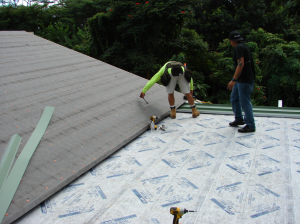
The underlayment manufacturer worked on and approved a design in which the underlayment could be installed directly on the metal deck.
Foust adds: “The underlayment can be laid down easily. Only a roller is required. Once it is installed, it can be exposed for up to 120 days, which helps a lot with manpower issues. The building contractor needs us to dry in the building as soon as possible. With the self-adhering underlayment, the roofing contractor can provide a waterproof membrane within a matter of days, and that covering can be left exposed for weeks or months until the metal roof is installed. That makes it easier for our customers to schedule their projects.”
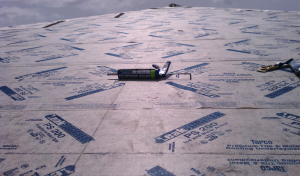
Although standing-seam roofs are designed to be waterproof, if there is a leak it is vital to have a secondary water barrier to minimize any consequential damage to the interior of the building and allow ample time for repairs to be made.
Climate Zones
The roof on the Safeway store is a hydrodynamic design, which means gravity removes the water from the roof, so it is not susceptible to ponding. Honolulu receives an average of 22 inches of rain per year. Thus, the secondary water barrier capability and the long-exposure limits were important factors in selecting the self-adhering underlayment for this project.
The Hawaiian Islands are noteworthy for their many climate zones. Although moderate temperatures and moderate rainfall are typical in Honolulu, the climate zones around the big island of Hawaii vary from tropical to subarctic. There is snow in the mountains in the winter and certain micro-climates can experience more than 100 inches of rain per year. Because of the varying climate zones, metal roofing and high-performance underlayments have become quite popular. In fact, metal roofing composes about 25 percent of the commercial buildings and an ever-growing percentage of the residential construction in the Aloha State.
“We receive consistently positive feedback from our customers and repeat sales due to ease of installation, walkability and cooler surface temperature,” Foust concludes.
PHOTOS: Richard Foust
Roof Materials
LeakBarrier PS200 or EasyLay underlayments from Tarco

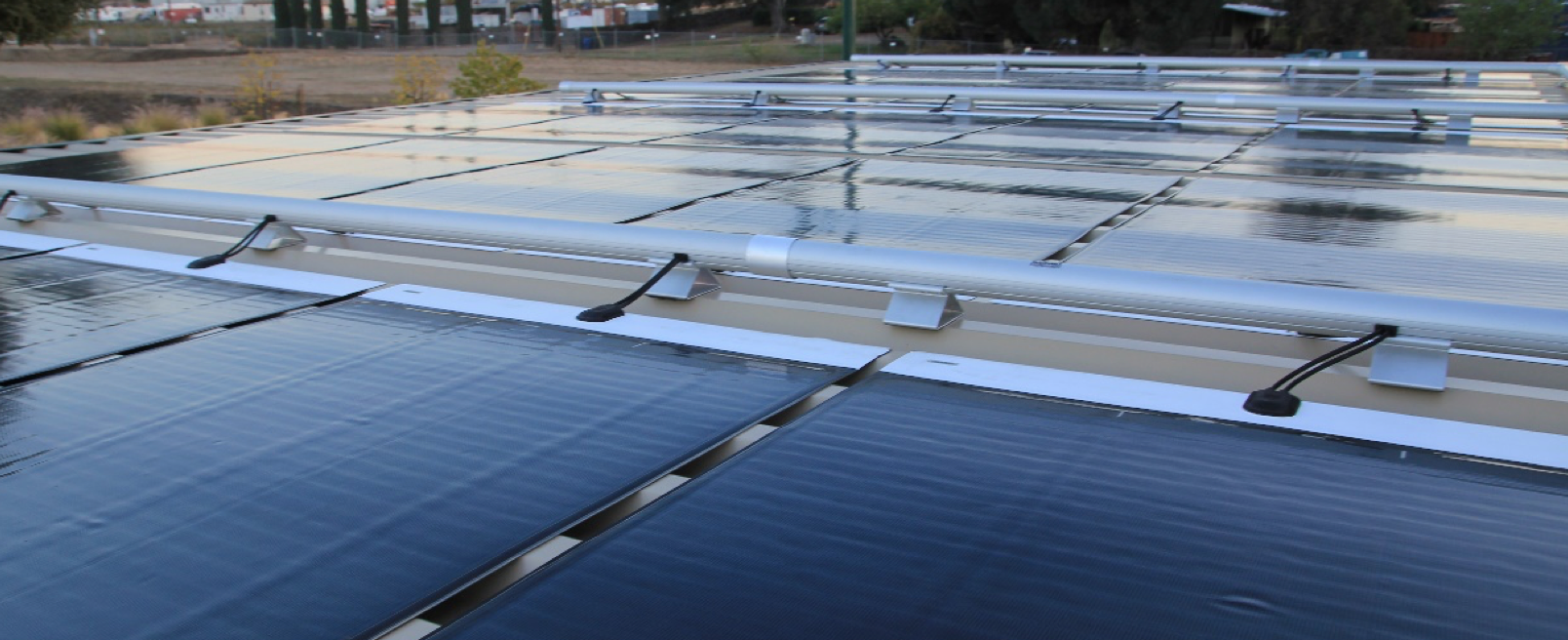
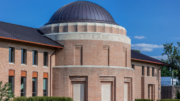

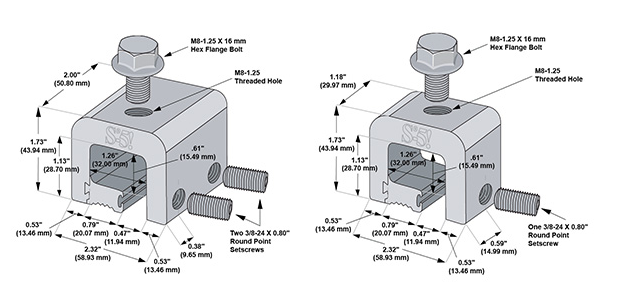
Great tips. Thanks so much. For places with heavy rainfall (I’m in Western Washington right now), metal roofing is a must. I’d also agree that long-exposure and water barrier capability are “important factors,” although I’d say that’s a bit of an understatement. The suspense of living in a rainy climate with a leaky roof can be a killer. Thanks for sharing.